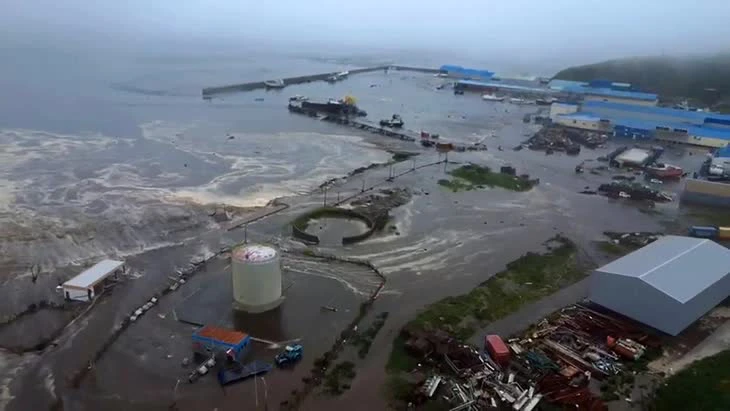
A video clip shows the town of Severo-Kurilsk on Paramushir Island, part of Russia's northern Kuril Islands, affected by the tsunami - Photo: AFP
According to LiveScience on July 30, new research said Google has taken advantage of the motion sensors of more than 2 billion smartphones to create an earthquake early warning system that is as effective as a standard seismometer.
Between 2021 and 2024, Google's Android Earthquake Alert (AEA) system recorded more than 11,000 earthquakes using smartphone motion sensors and issued more than 1,200 alerts to Android users in 98 countries.
The AEA system has helped increase the number of people with access to earthquake warnings tenfold, from 250 million people in 2019 to 2.5 billion people today.
This information is particularly noteworthy when on the morning of July 30, an 8.8 magnitude earthquake occurred off the Kamchatka Peninsula, causing a tsunami on the far eastern coast of Russia. Tsunami warnings were also issued in many other countries such as Japan, the Philippines, the Hawaiian Islands...
"Earthquakes are a constant threat to people around the world. What if we could give people a few precious seconds of warning before an earthquake strikes? Those seconds could be enough to avoid dangerous objects and find shelter," a Google representative said in a statement.
Over the past few decades, earthquake warning systems have been built in countries such as China, Mexico, Japan, South Korea and the United States.
However, these systems use specialized seismometers at specific locations and are very expensive, often recording local earthquakes in some countries while many others do not.
To expand the earthquake coverage, Google researchers designed AEA to use smartphone motion sensors to detect the fast-moving P waves that often precede the more destructive S waves in earthquakes. This allows AEA to estimate the size and location of an earthquake and send alerts to users in danger zones.
As of March 2024, AEA had issued 1,279 warnings to countries including Greece, Türkiye, the United States, Japan, and Indonesia. User feedback showed that 85% of people who experienced an earthquake received a warning, with 36% receiving a warning before the earthquake occurred, 28% receiving a warning while the earthquake was occurring, and 23% receiving a warning afterward.
Only three alerts were false, two of which were triggered by thunderstorms and another triggered by a non-earthquake mass notification event that caused many phones to vibrate.
However, researchers also face many problems, especially estimating the magnitude of large earthquakes, to make more accurate assessments to better warn users.
“The global deployment of AEA supports efforts to improve earthquake detection capabilities by providing rapid, large-scale data collection and feedback to algorithms,” the team said.
The study was published in the journal Science .
Source: https://tuoitre.vn/google-giup-canh-bao-som-dong-dat-nho-vao-2-ti-dien-thoai-thong-minh-toan-cau-20250731094909135.htm






![[Photo] "Ship graveyard" on Xuan Dai Bay](https://vphoto.vietnam.vn/thumb/1200x675/vietnam/resource/IMAGE/2025/11/08/1762577162805_ndo_br_tb5-jpg.webp)

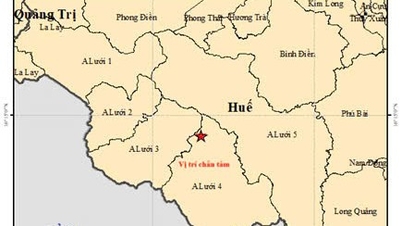



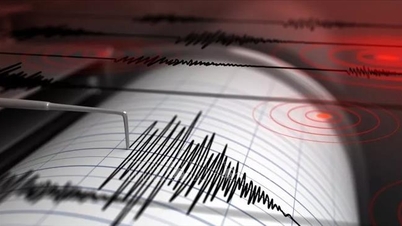

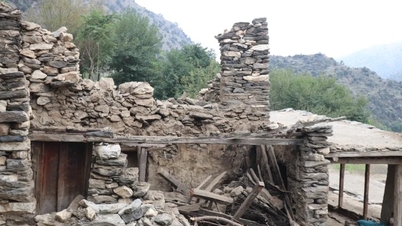

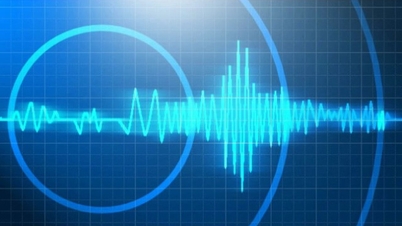
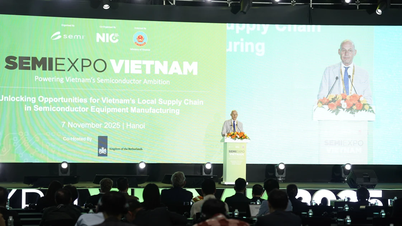



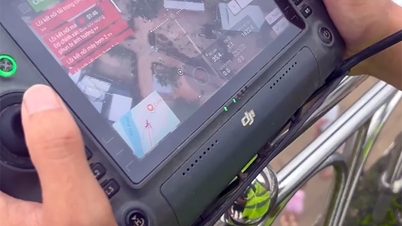








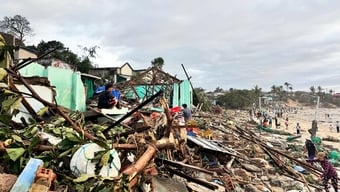



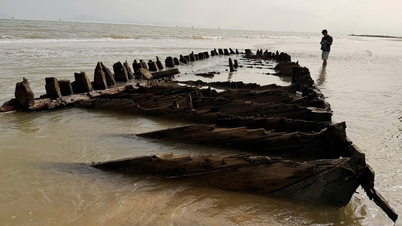




![[Video] Hue Monuments reopen to welcome visitors](https://vphoto.vietnam.vn/thumb/402x226/vietnam/resource/IMAGE/2025/11/05/1762301089171_dung01-05-43-09still013-jpg.webp)





































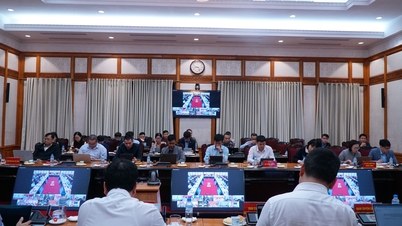



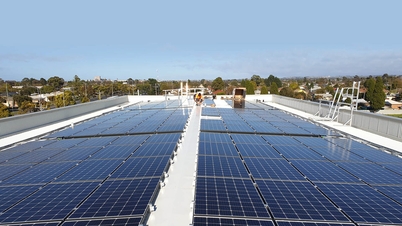






























Comment (0)